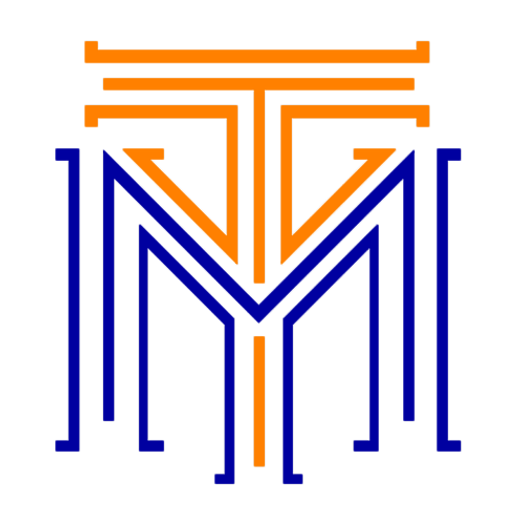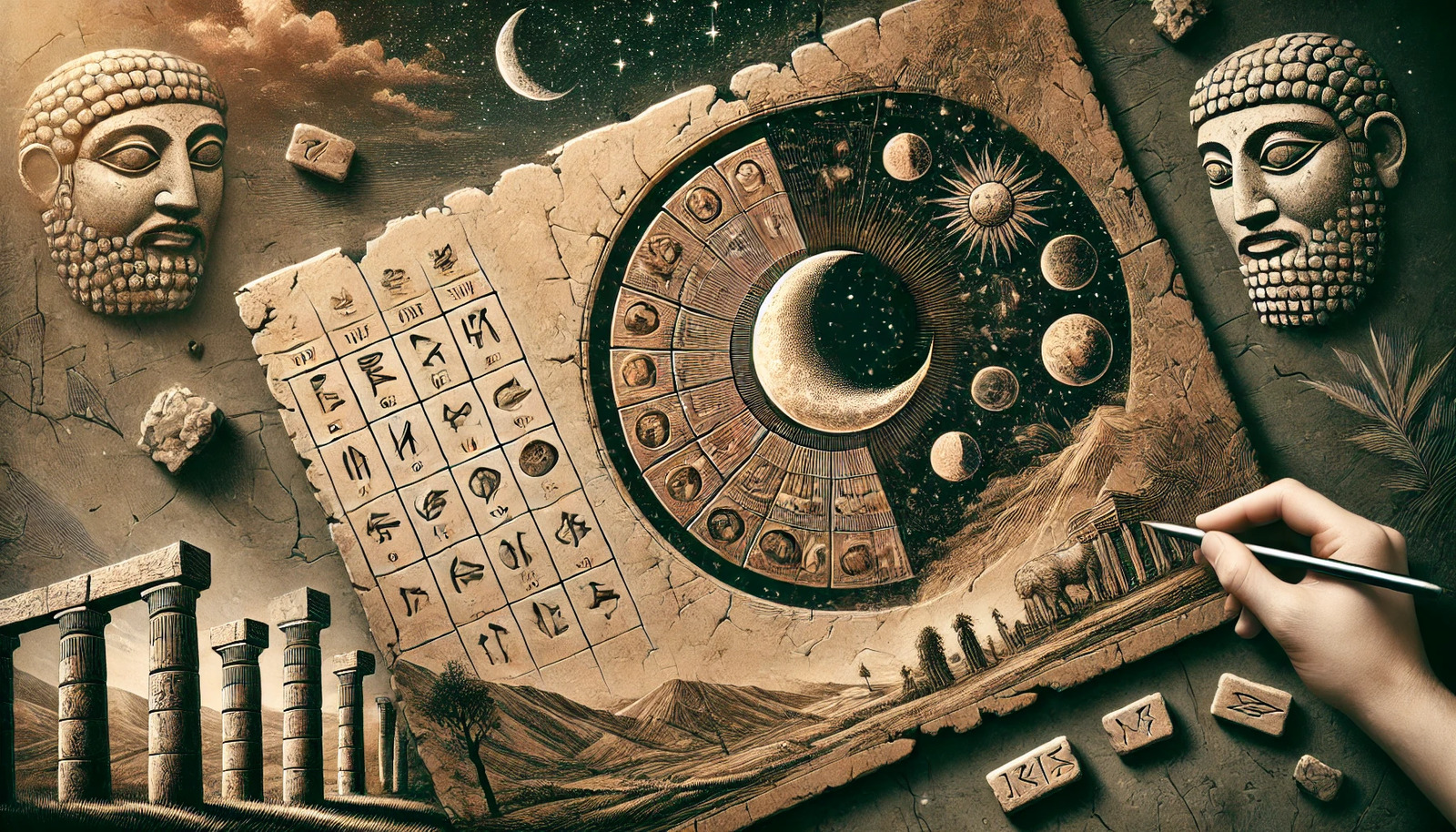
The calendar year is a cornerstone of human civilization, structuring our lives and anchoring the rhythm of societies worldwide. But where does it come from? The story of the calendar year is a fascinating tale of observation, mathematics, politics, and culture. It’s a story that spans millennia and continents, reflecting humanity’s enduring desire to measure and make sense of time.
The Earliest Timekeepers
The origins of the calendar year can be traced back to ancient civilizations, which relied on the natural cycles of the Earth and celestial bodies. Early humans observed the changing positions of the sun, moon, and stars, as well as the shifting seasons. These observations were vital for survival, guiding agricultural practices and predicting seasonal changes.
One of the earliest known calendars was the lunar calendar, which tracked the phases of the moon. The Sumerians, living in Mesopotamia around 3100 BCE, are credited with developing a system that divided the year into months based on lunar cycles. However, because a lunar year (354 days) is shorter than a solar year (365.25 days), these calendars gradually fell out of sync with the seasons.
The Solar Calendar and Ancient Egypt
The Egyptians were among the first to adopt a solar calendar, inspired by the annual flooding of the Nile River, which was crucial for agriculture. By observing the heliacal rising of the star Sirius, which coincided with the Nile’s flood, they established a calendar year of 365 days. This calendar divided the year into 12 months of 30 days each, with an additional five days added at the end.
While their calendar was a significant improvement, it did not account for the extra quarter of a day in the solar year, leading to a gradual drift over centuries. Nevertheless, the Egyptian solar calendar greatly influenced subsequent timekeeping systems.
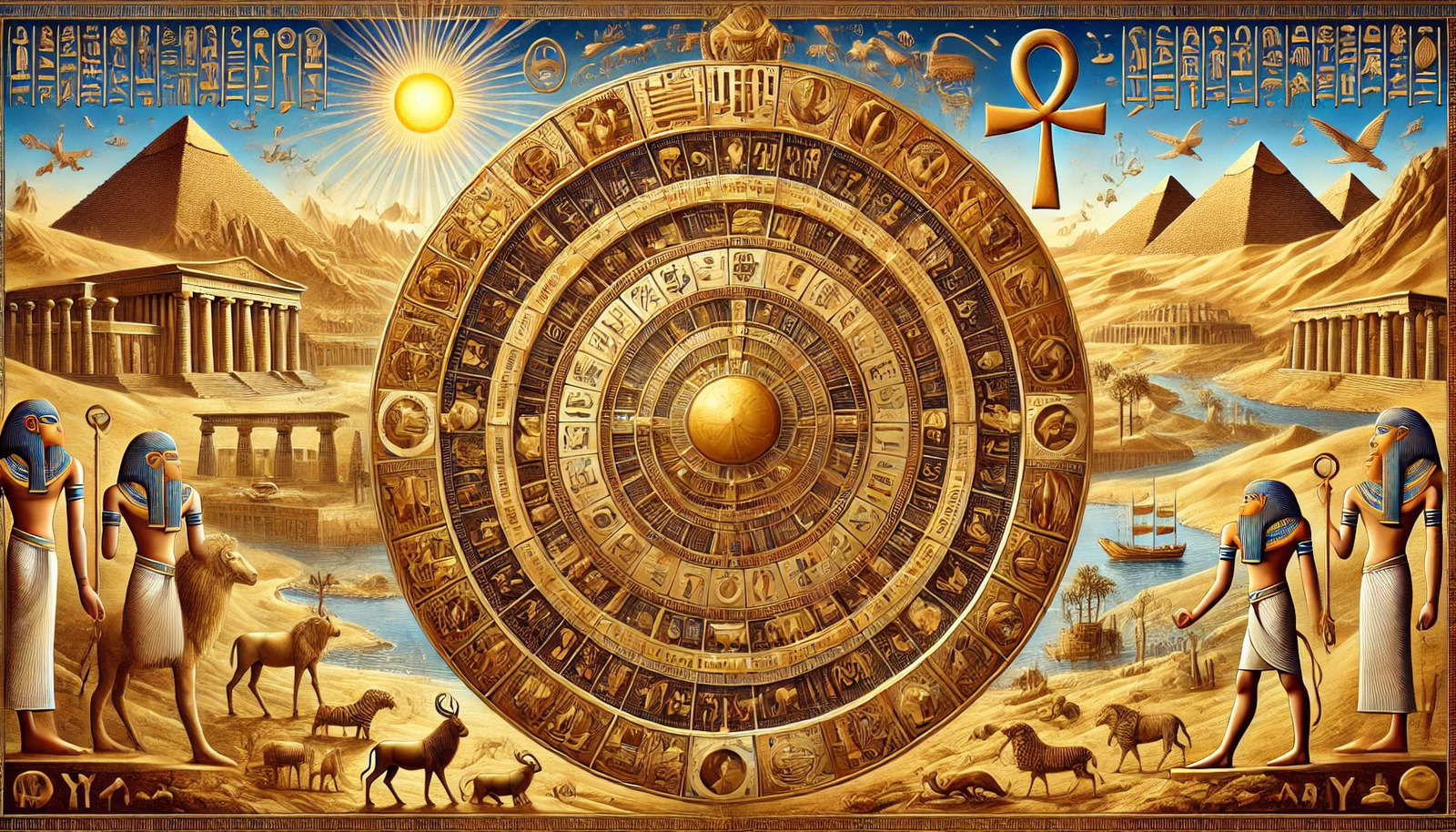
The Roman Contribution: The Julian Calendar
The Roman Republic initially used a lunar calendar, but it was notoriously inaccurate and subject to manipulation for political purposes. By 46 BCE, Julius Caesar, with the help of the Alexandrian astronomer Sosigenes, reformed the system. They introduced the Julian calendar, which divided the year into 12 months based on the solar year. To align the calendar with the seasons, they added an extra day every four years, creating the leap year.
The Julian calendar’s introduction marked a major advancement, though it slightly overestimated the solar year by 11 minutes. Over centuries, this discrepancy accumulated, shifting the calendar out of sync with the seasons.
The Gregorian Calendar: A Global Standard
By the 16th century, the drift caused by the Julian calendar had become problematic, especially for the Christian Church, which relied on the timing of Easter. In 1582, Pope Gregory XIII introduced the Gregorian calendar, which corrected the Julian error by omitting three leap years every 400 years. This adjustment ensured that the calendar year would closely align with the solar year.
The Gregorian calendar also standardized the length of months and introduced a more predictable leap year rule. While its adoption was initially limited to Catholic countries, it gradually became the global standard due to its accuracy and the spread of European influence.
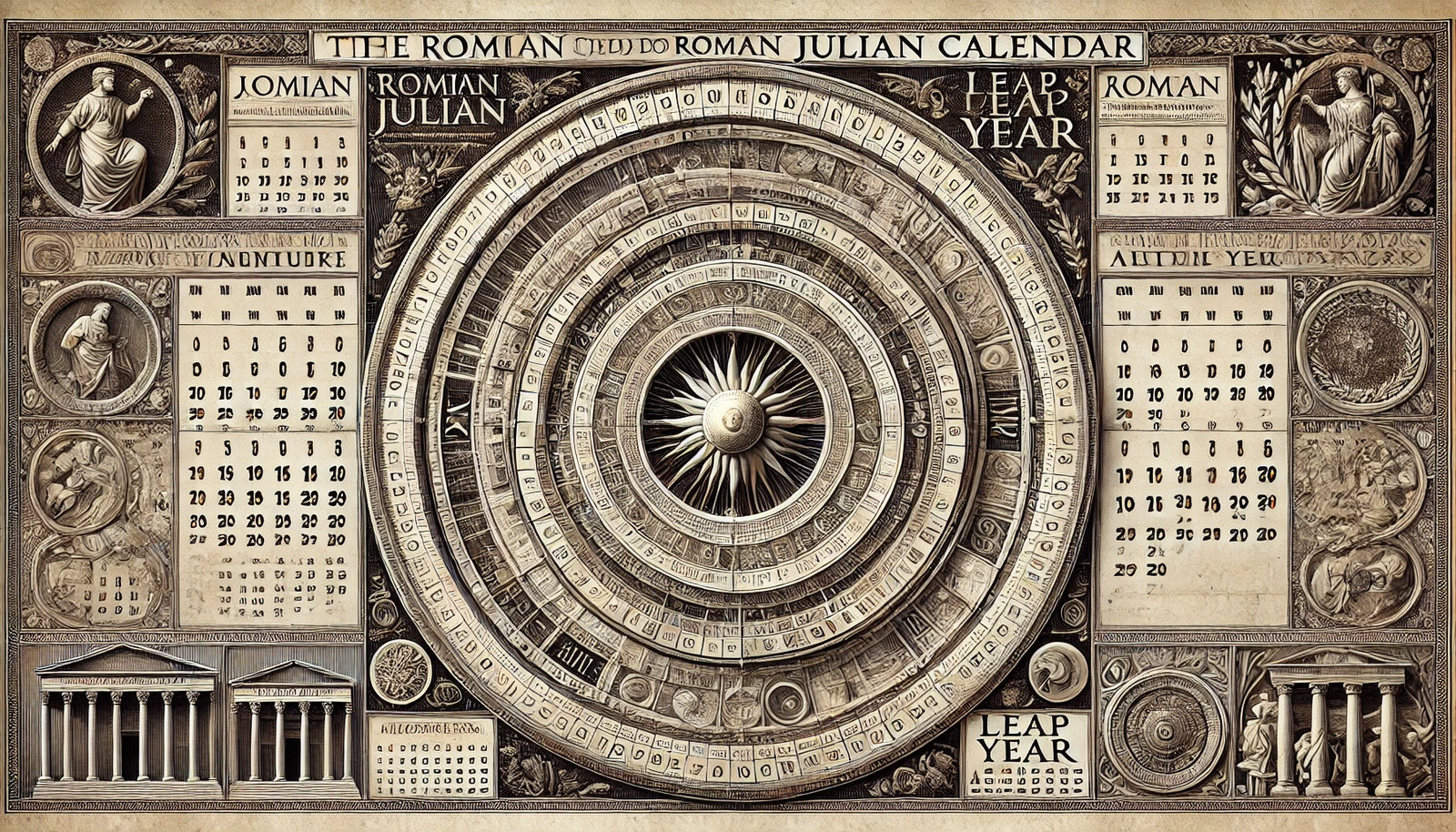
Cultural Variations and Modern Usage
Although the Gregorian calendar is now the most widely used, other calendar systems continue to thrive. The Islamic calendar, based on lunar cycles, is used for religious purposes by Muslims worldwide. The Hebrew calendar combines lunar and solar elements, guiding Jewish holidays and rituals. The Chinese calendar, an intricate lunisolar system, remains central to traditional festivals and astrology.
Reflections on Time
The calendar year’s evolution underscores humanity’s ingenuity and adaptability. From ancient stargazers to modern astronomers, our efforts to measure time reflect a profound need to connect with the natural world and bring order to our lives.
As we mark the passage of another year, it’s worth remembering that the calendar is more than a tool; it’s a testament to our shared history and the quest for understanding the cosmos. Whether celebrating New Year’s Day on January 1st or observing other cultural milestones, the calendar binds us across time and space, a universal symbol of continuity and renewal.
